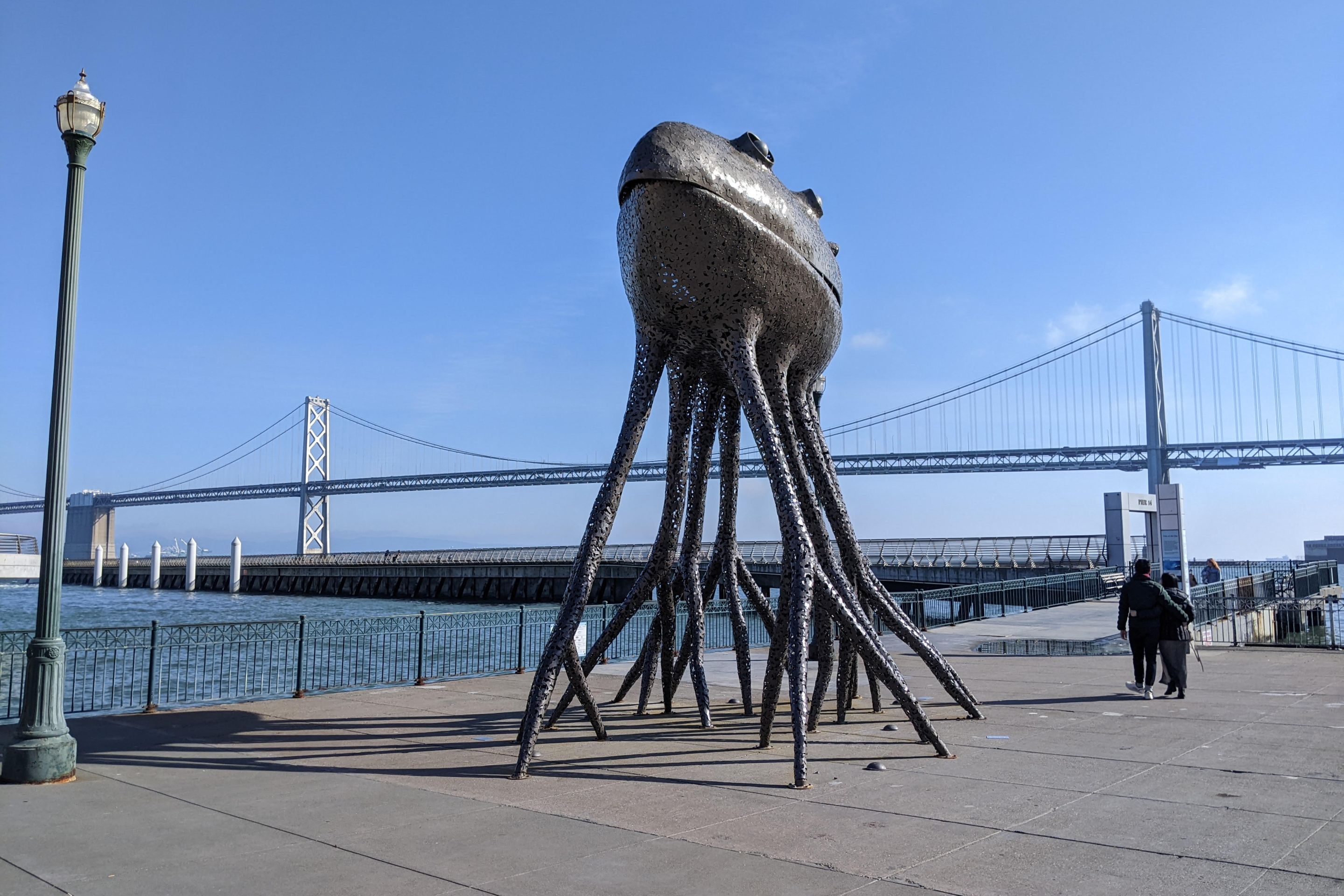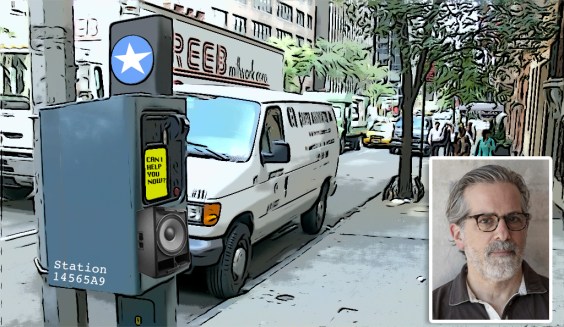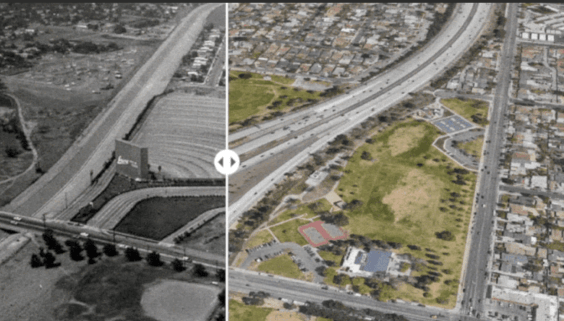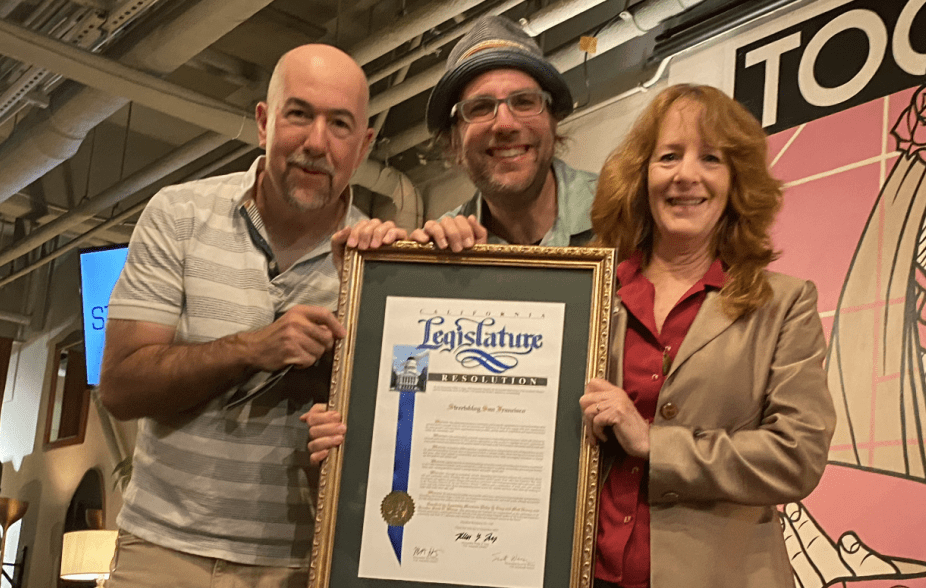We’ve noted before that it can be challenging to figure out exactly how much driving is avoided when someone rides a bike. But here we have it straight from the horse’s mouth – nearly 7,000 horses, in fact. According to a November 2012 survey of Capital Bikeshare members, released today, the average subscriber drove 198 miles less per year after joining the system. Multiply that by 22,200 members and that's 3.7 million pounds of CO2 that won't get belched into the atmosphere. Nice work, CaBistas!
Some other takeaways from the member survey:
Capital Bikeshare both enhances access to transit and shifts trips away from transit. Almost a quarter of CaBi users had used bike-share to get to the bus in the past month, and 17 percent had used it six or more times to access the metro system. At the same time, transit is the mode most likely to get replaced with bike-share trips: 61 percent of respondents say they ride Metrorail less often and 52 percent ride a bus less often. On the plus side, though, 50 percent drive less often.
For any given trip, if bike-share hadn’t been available, 44 percent would have taken a bus or train, 38 percent would have walked, 5 percent would have ridden their own bike, and 4 percent would have driven.
Bike-share members drive less. According to the survey report, "a quarter (26 percent) reduced their driving miles since joining Capital Bikeshare; 11 percent reduced driving by more than 1,000 miles. Two-thirds (65 percent) of respondents who reported their mileage made no change in driving miles; only 9 percent increased their driving miles.” CaBi members were never big drivers, but they reported driving an average 1,805 miles per year before joining Capital Bikeshare and 1,607 miles per year since joining, “for a reduction of about 198 miles annually” per person – or a cumulative 4.4 million miles.
Of the 4.4 million miles not driven… more than half are commuting miles, which often occur at peak hours. That’s a significant amount of car traffic taken off Washington’s streets by these snazzy red bikes. In total, 58 percent of members use it to go to and from work, and 40 percent commute via bike-share “often.” All together, about half of bike-share trips are work-related.
CaBi saves members money. An average of $15.39 per week, in fact – or about $800 annually, per person.
Four percent of CaBi members sold a car because of bike-share. More than half of the members surveyed – especially younger ones and those with lower incomes -- said they don’t have access to a car. Five percent had sold a household vehicle since joining CaBi, and 80 percent of those members said bike-share “was a factor in their decision to sell the vehicle.” Those with access to a car like bike-share for “reasons related to the disadvantages of driving to a particular destination” – probably referring to traffic jams and the hassle of parking.
Bike-share induces demand. Just as car infrastructure induces demand for driving, bike-share induces demand for cycling. “Four in ten respondents had made a trip in the past month that they would not have made without bike-share,” the survey reports.
Bike-share brings people to the urban core. The vast majority of these “induced” trips were to downtown other central commercial corridors of the city.
Members join because… they’re attracted to a new travel option, and they especially like that it’s one-way, making it more flexible and spontaneous. They also just enjoy biking, and they like that it gets their hearts pumping and saves them money.
People love their bike-share. Members gave high marks for the website, station safety, the mechanical repair of the bikes, the call center, and the map. The only thing that got a less-than-stellar rating was nighttime lighting at the stations. And when asked where they’d like to see expansion, respondents say they like the siting of the stations; they just want more bikes at the really popular ones.
CaBi users don’t mirror the city’s demographic. More of them have jobs, for one thing. And compared to all commuters, they’re younger, whiter, more educated, more male, and less rich. They also have shorter distances to cover: “Capital Bikeshare members travel an average of 6.3 miles to work one-way, less than half of the average 16.3 miles distance of commuters region-wide.” Only 12 percent of bike-share members’ commute trips are made by single-occupancy vehicle, “well below the 65 percent drive alone mode share for all commuters in the Washington region.”
Bike-share is good for business. From the report: "More than eight in ten respondents said they were either much more likely (37 percent) or somewhat more likely (48 percent) to patronize an establishment that was accessible by Capital Bikeshare.”






